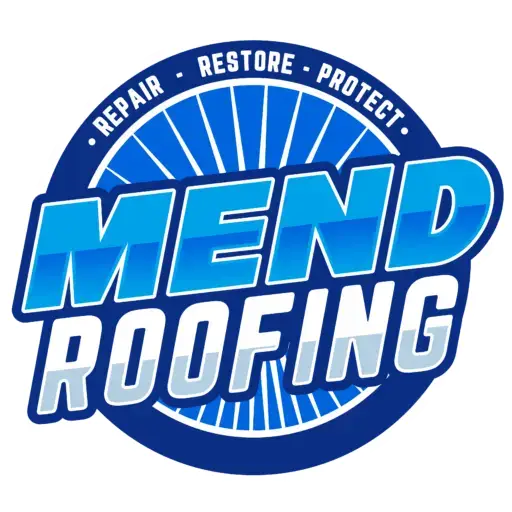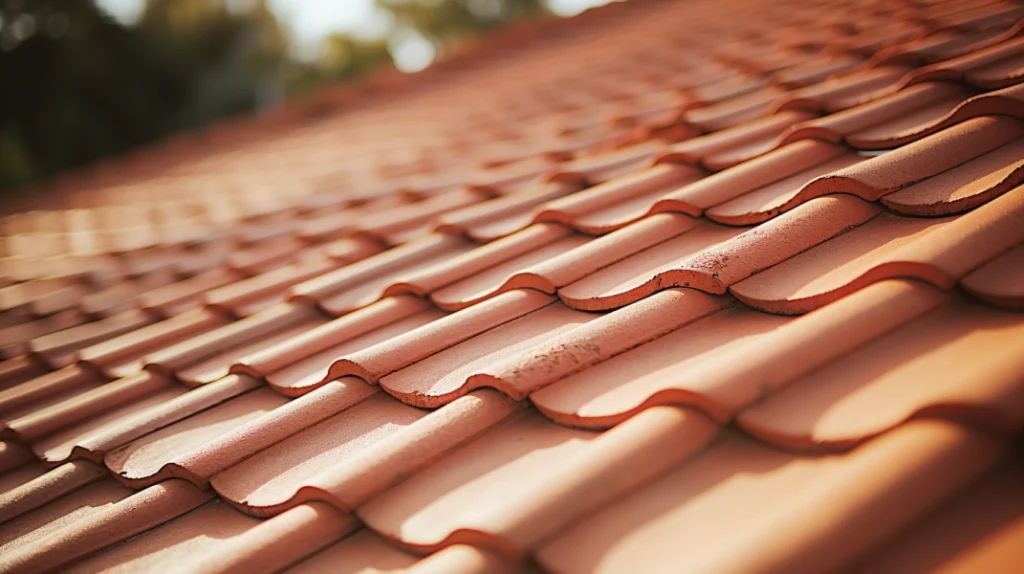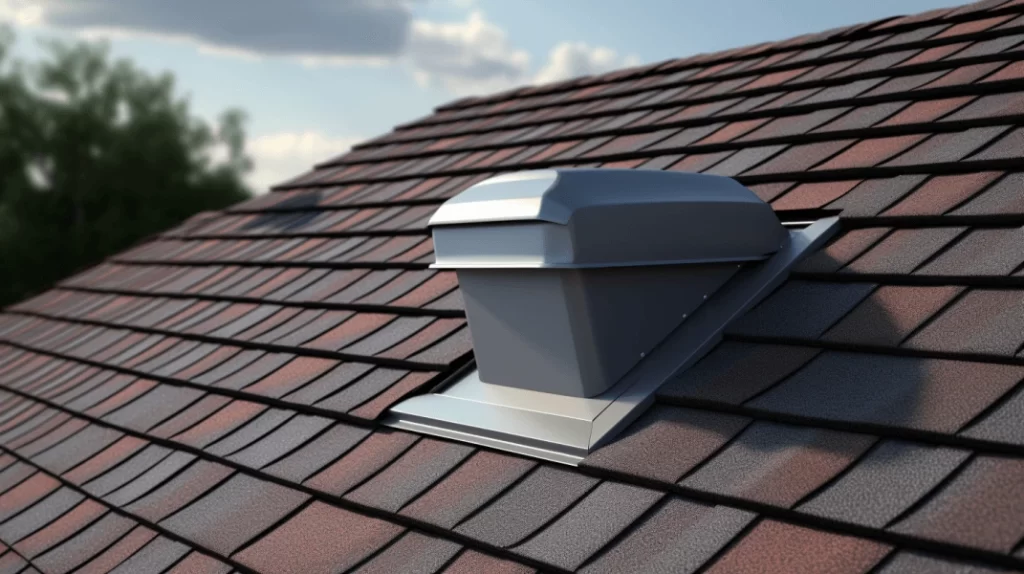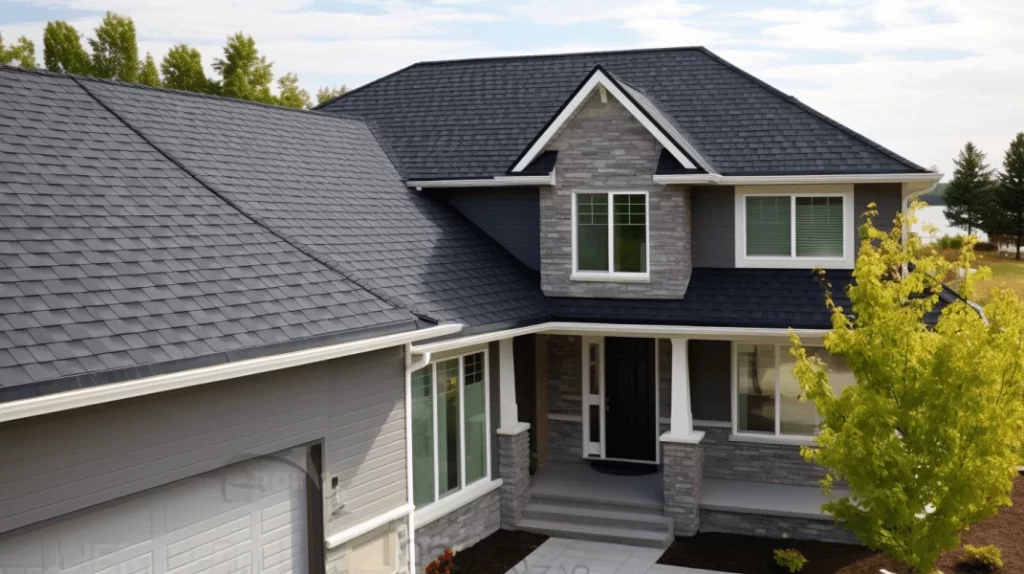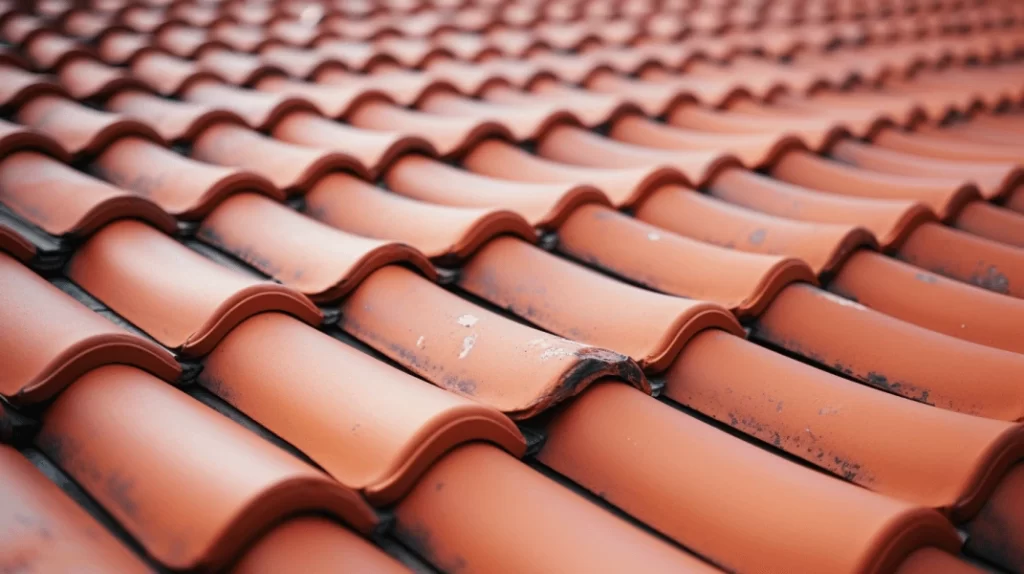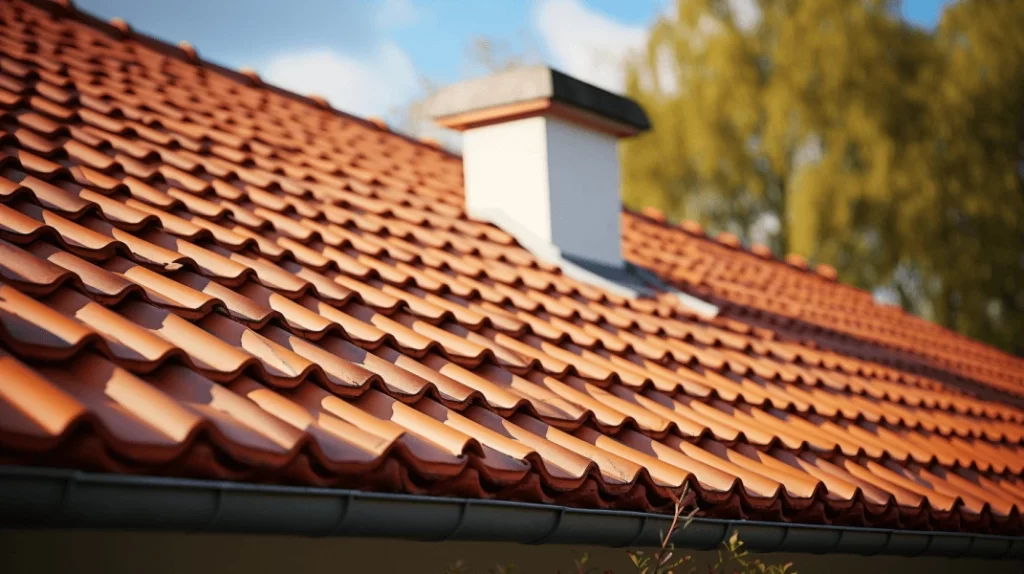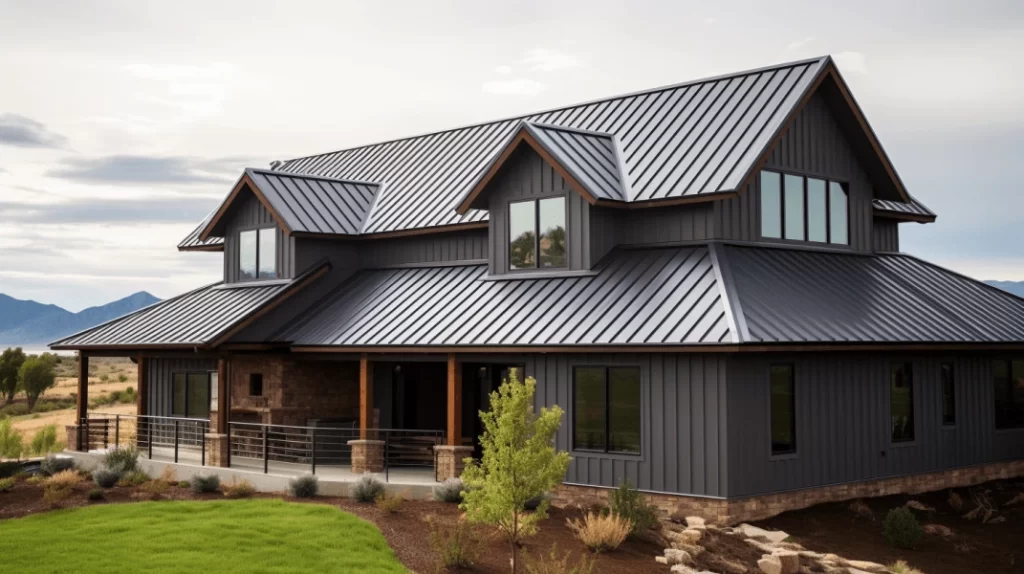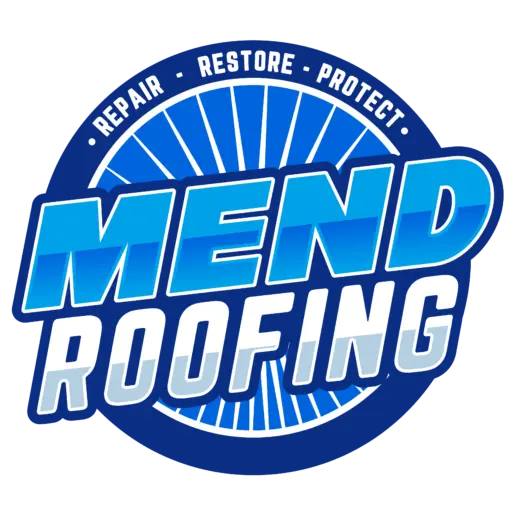Insulation plays a pivotal role in ensuring the comfort and energy efficiency of our homes. Over the years, the materials and methods used for insulation have evolved, offering homeowners a variety of options to choose from. In this guide, we’ll delve deep into the different types of insulation available today, their benefits, and how to determine the best fit for your home.
A Brief History of Insulation
Historically, civilizations have always sought ways to insulate their homes. Ancient Egyptians and Vikings, for instance, utilized mud as a form of insulation. By the 1800s, materials like discarded paper, shredded textiles, and hay became popular choices. Fast forward to 1965, building codes mandated specific insulation standards for walls, marking a significant shift in the insulation industry.
The Four Main Types of Insulation
1. Loose-fill/Blown In Insulation
Loose-fill insulation, often referred to as blown-in insulation, is typically made from recycled materials. These include cellulose (recycled paper), fiberglass (recycled glass), or rock wool (post-industrial recycled content). This insulation is blown into open spaces, making it ideal for hard-to-reach areas like cavities, existing walls, and attic walls.
2. Batt and Roll Insulation
Also known as blanket insulation, batt and roll insulation consists of pre-cut sections made from materials like fiberglass, rock wool, or flexible fibers. It’s designed to be rolled out and laid flat, fitting snugly between studs, joists, and beams. Often, this type of insulation features a kraft paper, vinyl, or foil facing to enhance its air barrier properties.
3. Reflective Insulation/ Radiant Barriers
Reflective insulation, commonly used in attics, is designed to reflect heat rather than absorb it. Made from materials like foil-faced kraft paper, plastic film, or polyethylene bubbles, it effectively radiates heat transferred from the roof, ensuring indoor surfaces remain cool.
4. Spray Foam and Foam-In-Place Insulation
Spray foam insulation stands out as one of the most effective insulation types. Its multi-layered structure blocks both external air and noise, offering homeowners a serene indoor environment. It can be applied to walls, attic surfaces, or under floors, ensuring comprehensive coverage.
Why Proper Insulation is Crucial
- Comfort: Adequate insulation ensures a comfortable indoor environment, regardless of external weather conditions.
- Cost Savings: Proper insulation can significantly reduce monthly energy bills, offering homeowners substantial savings in the long run.
- Noise Reduction: Insulation acts as a barrier, keeping external noises at bay and ensuring a peaceful indoor ambiance.
- Environmental Impact: By reducing energy consumption, insulation helps in reducing the carbon footprint, contributing to a greener planet.
- Enhanced Resale Value: Homes with proper insulation often fetch a higher market value, making it a worthy investment.
At Mend Roofing, we understand the importance of proper insulation. Whether you’re looking for a roofing service in Spring TX or seeking advice on roof repair in Spring TX, our team of experts is here to guide you. With years of experience in the industry, Mend Roofing has established itself as a leading roofing contractor in Spring Texas. We believe in offering tailored solutions, ensuring each home gets the insulation it truly deserves.
Conclusion
Choosing the right insulation type for your home is crucial for comfort, energy efficiency, and overall home value. By understanding the different options available and their benefits, homeowners can make informed decisions that will serve them well for years to come. Whether you’re building a new home or looking to upgrade your current insulation, always prioritize quality and expert guidance.
